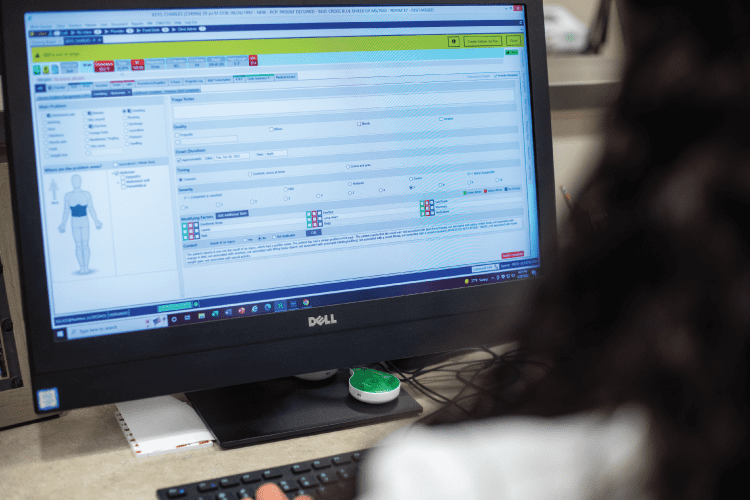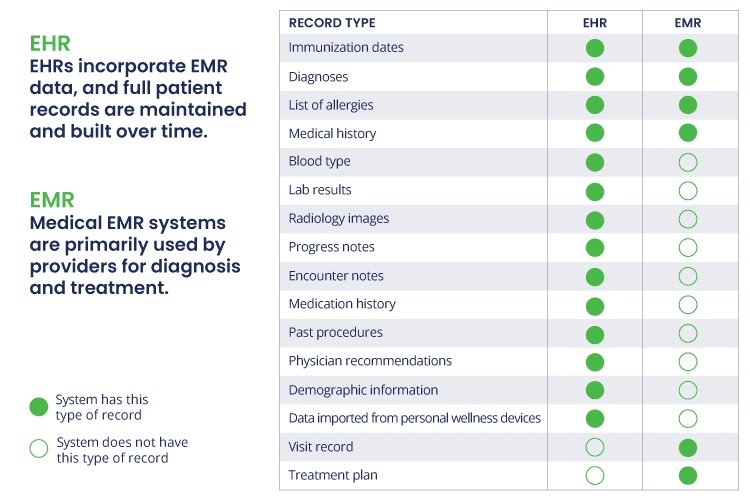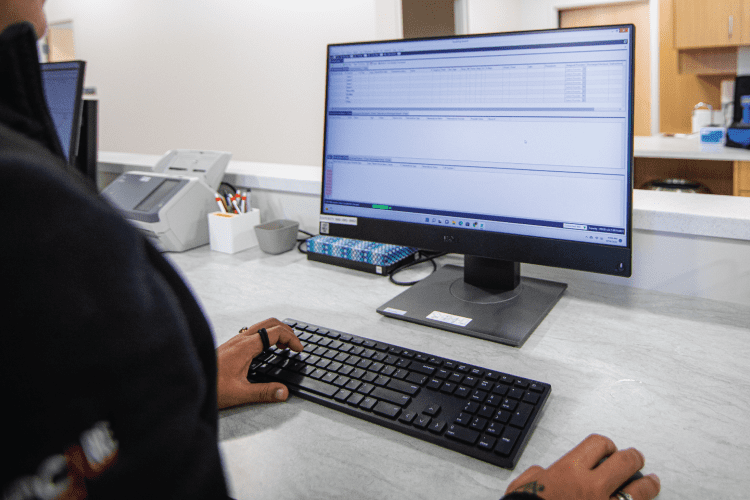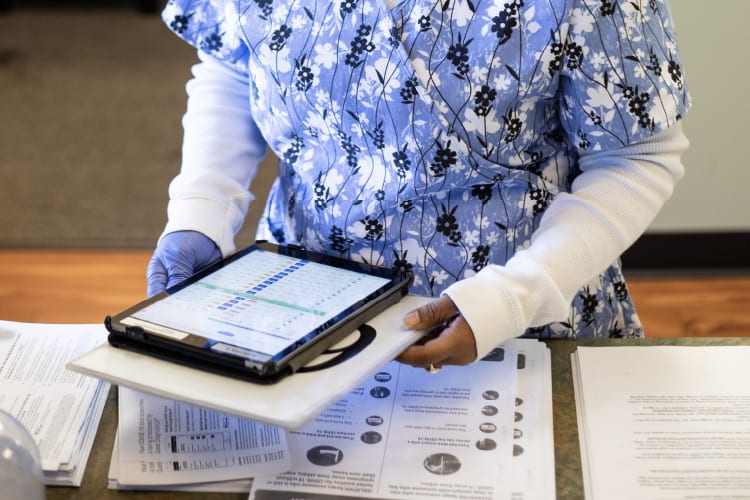Choosing the Best EMR Software and Systems for Your Urgent Care
When you search for an EMR/PM vendor, you’ll find that many systems are built to be used in hospitals. If you are a hospital or larger healthcare system, then you need one of these bulkier systems to meet your needs.
In urgent care, however, using a hospital EMR could mean you’re paying for something that will actually slow you down. Urgent care is very different from other forms of healthcare, and your EMR should be designed for those differences.
Here are six core features to look for when choosing a new EMR/PM for your clinic(s):
Built-in Coding
We mentioned coding earlier, but let’s get more specific. An EMR that’s built for urgent care should automatically recommend accurate codes as the clinician documents the patient visit so everything is coded correctly. A well-designed EMR will alert the clinician if there are issues with documentation that might affect billing to prevent potential claims denials.
You could invest in a medical coder instead of an urgent care EMR, but in 2022, the average medical coder (both certified and non-certified) earns about $54,797 annually. Imagine the potential cost savings your urgent care center could see simply by using the right EMR.
Just getting started in urgent care? Here are 10 Questions to Ask Before Starting an Urgent Care >>
Charting Templates Designed for Urgent Care
An urgent care visit is unlike any other type of patient visit, which means you shouldn’t use the same charting templates that a primary care practice or an emergency department does. Using an EMR with a documentation system that’s not designed specifically for urgent care is like trying to dig a hole with a pencil. It’s simply the wrong tool for the job. An urgent care EMR will have charts designed for a typical urgent care visit. Spend one day treating urgent care patients, and it’ll be incredibly easy to spot the difference between urgent care charting templates and everything else.
Specialized Practice Management Software
One of the most crucial system integrations your urgent care EMR must have is with your practice management (PM) software. Your practice management software needs to support the nuances of an urgent care practice, such as checking in patients for episodic, walk-in visits instead of only supporting the scheduled care.
You should also make sure your practice management software supports services that are typically seen in an urgent care center. Can it handle occupational medicine services; integrate with online check-in and patient self-registration systems; and automate the billing of case rate contracts, which are common in urgent care but essentially non-existent outside of urgent care?
Ultimately, you’ll want to find an integrated EMR/PM system designed specifically for urgent care for a more seamless experience for your registration, clinical and billing staff.
System Integrations
The ability to share data between systems is crucial. There are specific system integrations that an urgent care EMR needs to have to ensure an urgent care practice runs efficiently and profitably:
- An out-of-clinic patient check-in system that allows patients to check in before they arrive
- A patient registration system (both in- and out-of-clinic) that allows patients to fill out registration paperwork electronically
- Digital X-ray access
- In-clinic medication dispensing (depending on your state laws)
- Lab integrations
- Pre-authorized credit cards
- Online bill pay
Much like the integrated EMR/PM system, these system integrations will ensure a much more seamless experience across multiple departments in your urgent care center.
Occupational Medicine Functionality
Many urgent care centers add OccMed services because it complements the urgent care model so well. While urgent care visits are episodic, OccMed visits can be scheduled so they fill non-peak periods, using a center’s labor more efficiently throughout the day.
Most non-urgent care EMRs don’t have built-in occupational medicine functionality, making occupational medicine and employer-paid services a manual process for staff. An urgent care EMR needs to have this functionality built right in so your staff can communicate electronically with your center’s business clients, eliminating the need to print and scan records and respond to copious company inquiries. The advantage this will give you over your competition will help you bring in far more OccMed patients and build strong relationships in the business community.
Robust Reporting
If you don’t know how your urgent care center is performing, you won’t be able to correct any issues before any long-term damage is done. A good urgent care EMR/PM will have robust reporting that will help you monitor the health of your urgent care center, including your billing, collections, marketing and operations.
Good reporting will help you negotiate with payers for better reimbursement, know whether you need to extend or shorten your center’s operating hours, and even determine whether your marketing methods are effective. If your current EMR doesn’t have robust reporting, it’s time to look into one that is giving you the reports you need to run your center more effectively.
You can also integrate with an urgent-care-specific Business Intelligence tool that simplifies data for clear action >>






